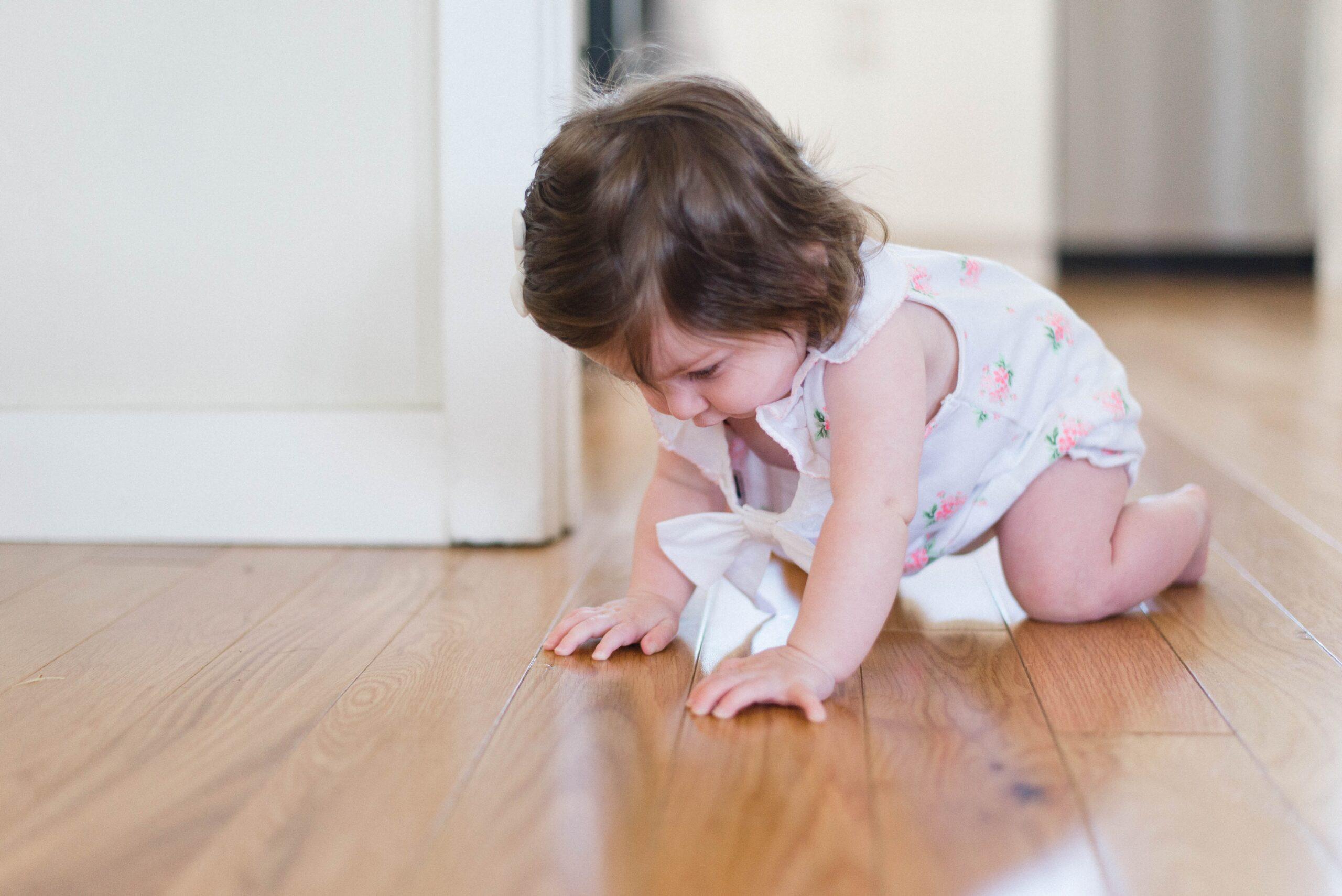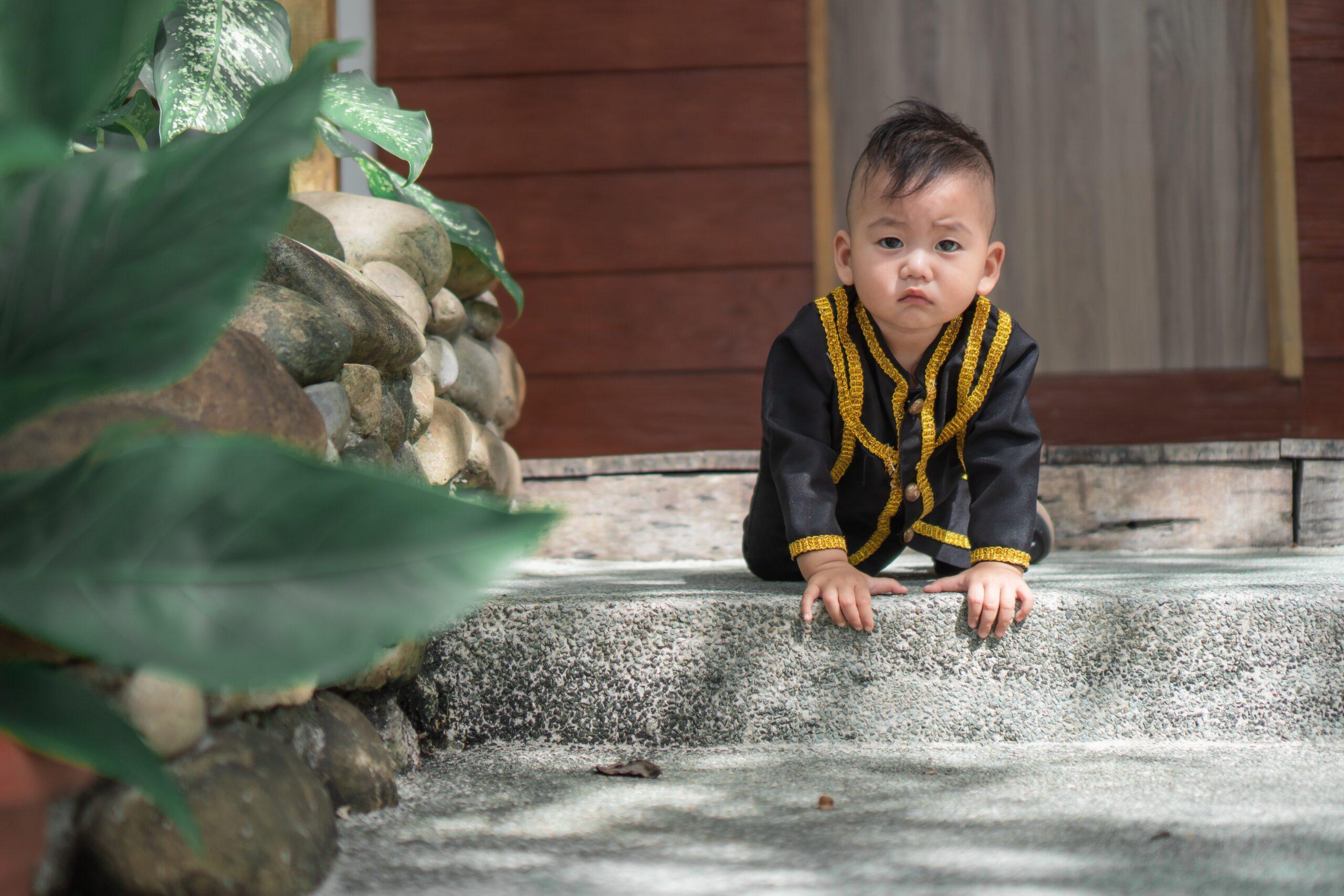According to the U.S. Consumer Product Safety Commission, around 2.5 million children are injured or killed by hazards in the home each year. Many of these accidents can be prevented by taking steps to childproof your home before your baby even begins to start crawling around. Follow these guidelines to get started on making your home a safety zone.
Kitchen.
The kitchen can be a dangerous area because of filled cupboards and dropped objects. Get safety closures to go on the cupboards and appliances. Dedicate one cupboard to the child and fill it with non-harming items so he or she can still explore. Doing this might also buy you some time by keeping your toddler busy while you are trying to prepare dinner.
Living Room.
Mount any furniture that is not stable, such as shelving units, the television and curio cabinets. Young children love to pull on them and many can easily tip over. Make sure that throughout the house you don’t have loop cords on your blinds, as it can be a choking hazard. In the living room, it’s also a good idea to pad sharp corners on furniture so that while learning to stand and walk, little ones don’t fall against them and get injured.
Bathroom.
To prevent burning and scalding, invest in a shower head and faucet cover that will protect your child from coming in contact with hot water.
Stairs.
All stairs should have a safety gate installed at the top and the bottom. Your child will still get the opportunity to spend supervised time learning how to hone their stair climbing skills.
Gun Safety.
According to the American Academy of Pediatrics, there are more than 44 million Americans that together own a total of 192 million firearms. If you are going to keep a gun in the home, take safety precautions to protect children. Keep your firearm unloaded and in a safety box. Store your ammunition in a separate area and make sure you hide the key well so that curious children will not find their way inside.
Inexpensive Devices.
There are a wide variety of inexpensive devices that can be used throughout the house to keep children out of cupboards, drawers, rooms, toilets, electrical outlets and more. Before heading to the store, take an assessment of your home to see what you will need. Get enough of these devices to cover all your outlets and be able to lock away all cleaning items.
Detectors.
Now is the time to make sure you have enough smoke detectors throughout the house and test them to make sure they all work. You should also have a carbon monoxide detector if your home uses gas or oil heat or has an attached garage.
Take a class.
Many family centers and hospitals offer classes that cover childproofing. They will give you first-hand tips of the latest ways to make your home a safety zone. As your child begins to grow, you will need to address other areas such as the garage, yard and pool area. When the baby starts to crawl, get down on your stomach and look around so you see what’s on the floor from his or her level. Check to see if you may have dropped something on the floor, especially in the kitchen where tiny hands can reach under appliances.


